Today’s suit; It is an indispensable outfit that is preferred in many workplaces, in places that require formality such as court, or when it is necessary to dress stylishly. It has undergone many changes throughout history and has reached its current usage.
While the suit, which is usually associated with men, is a very popular outfit for some, it is a form of clothing that some cannot fold. “Official, dignified and appropriate” It is also seen as a symbol of concepts such as
Suit means “suivre” in French “follow” It came from the term “suit” in English. This can be interpreted as “the jacket follows the pants” or “the pants follow the jacket”, in short, they fit together. So, would you like to learn about the interesting adventure of today’s suit from the past and how it first emerged?
The first point of departure for today’s suits is England.
When we went to the 17th century, the people of the “Royal Court” in England “royal purple” He was forbidden to wear furs, to wear furs, and to wear clothes made of satin or velvet, for only courtiers could afford such ostentatious and ornate appearances.
This rule, which lasted until the middle of the 17th century, led to the creation of the modern suit and led to a new dress code paved the way for its emergence.
During the “Black Plague” they did not want to risk the monarchy.
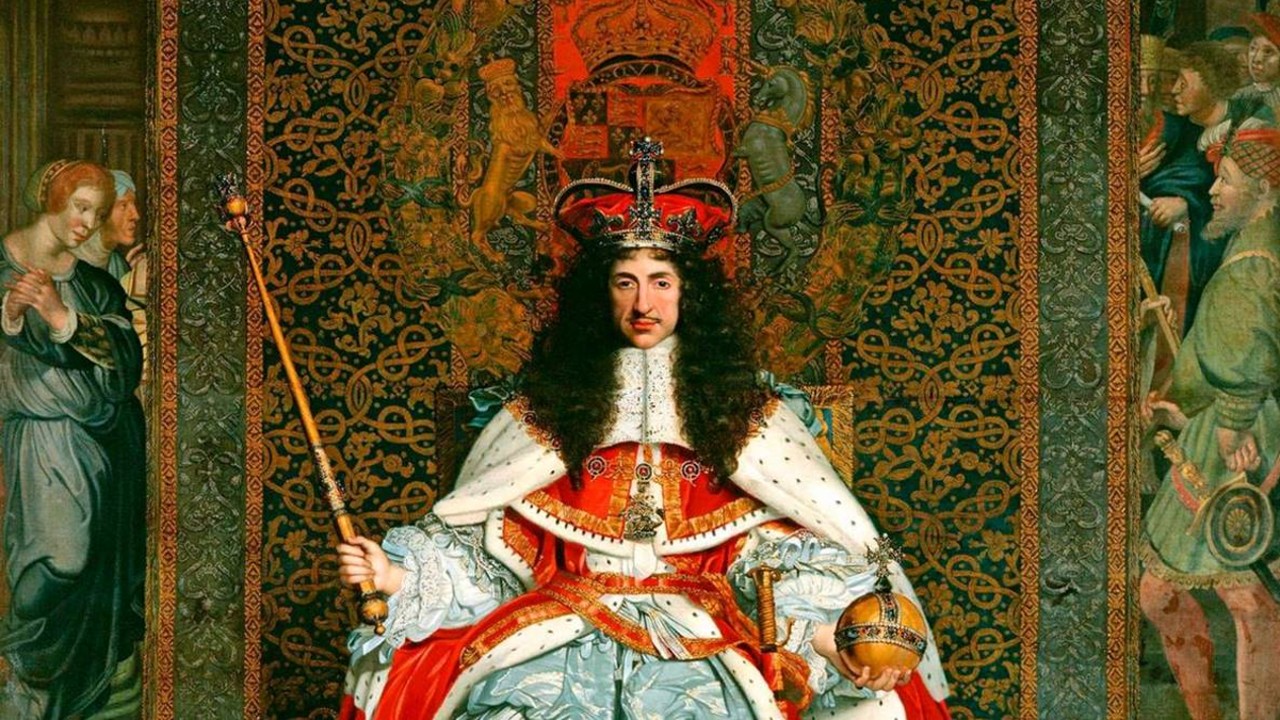
in 1965 plague epidemic When it started, the clothes of the palace members were a little dangerous because it was not appropriate to walk around in such a terrible time with their ostentatious looks. This put the monarchy in danger.
For this reason, King II. Charles, courtiers He ordered them to choose their clothes a little more modestly. The members of the palace also obeyed this order in shades of gray, brown and dark blue; they began to wear body-fitting trousers and tunics.
These plain clothes became special clothes as time passed.
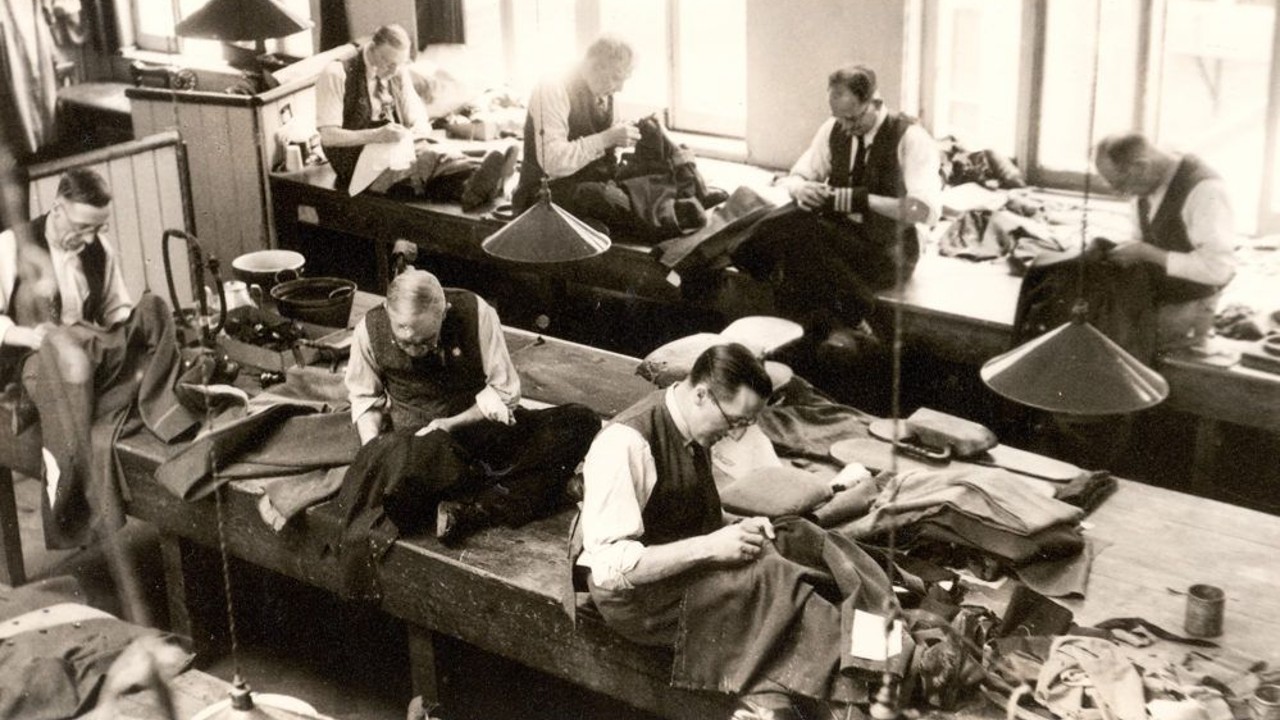
for the first time in the 18th century “morning suits” were worn and these suits became very popular among the upper class. Morning suits were more casual versions of tuxedos.
After a while, tuxedos were invented that would become very popular for evening get-togethers and events. London at that time Savile Row tailors They became famous for producing great suits for the upper classes (where tailoring continues on Savile Row, which is also known today as the street of tailors).
Beau Brummell rejected clothing patterns and created today’s two-piece suit.
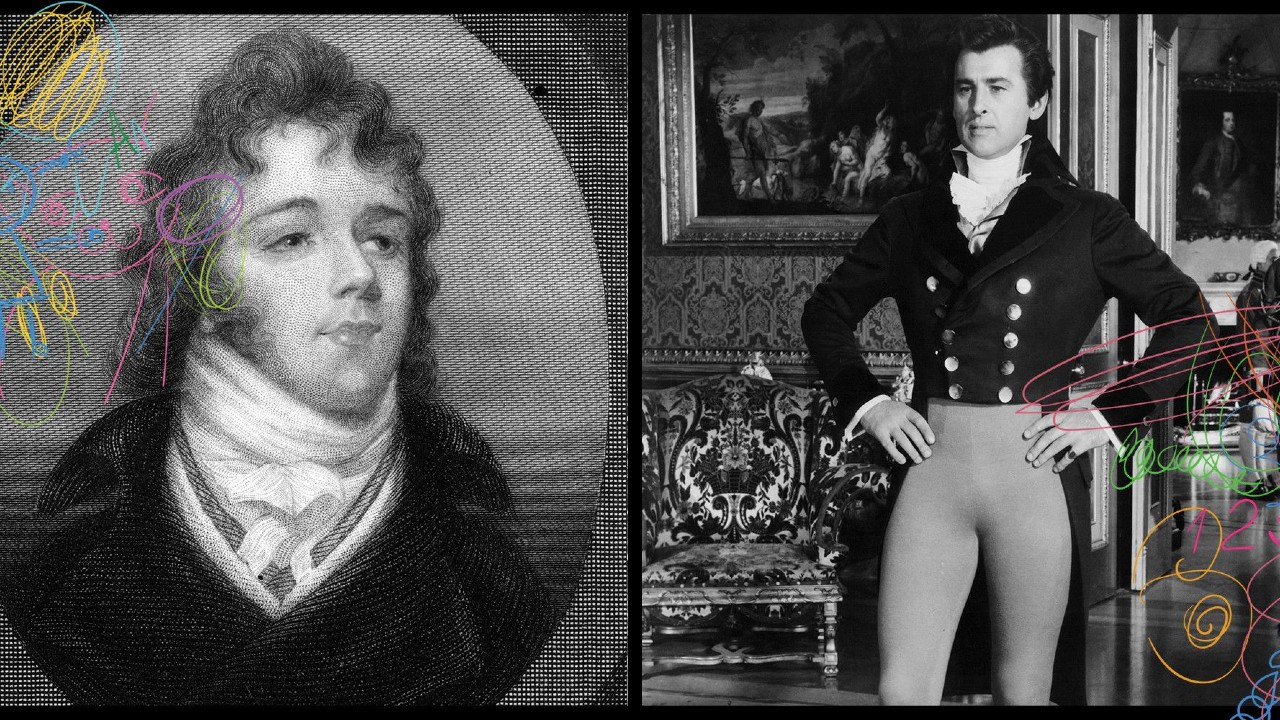
When we come to the 19th century “men’s fashion” Beau Brummell comes up with one of the most important names. Itself; Rejecting the popular coats of the time, wigs, full-length trousers and simple jackets, it breathed new life into menswear.
Influenced by the French court before Beau Brummell heavy embroideries and embellishments With Brummell, a suit very similar to today’s suit emerged.
In the Victorian era, the suit was a casual wear.
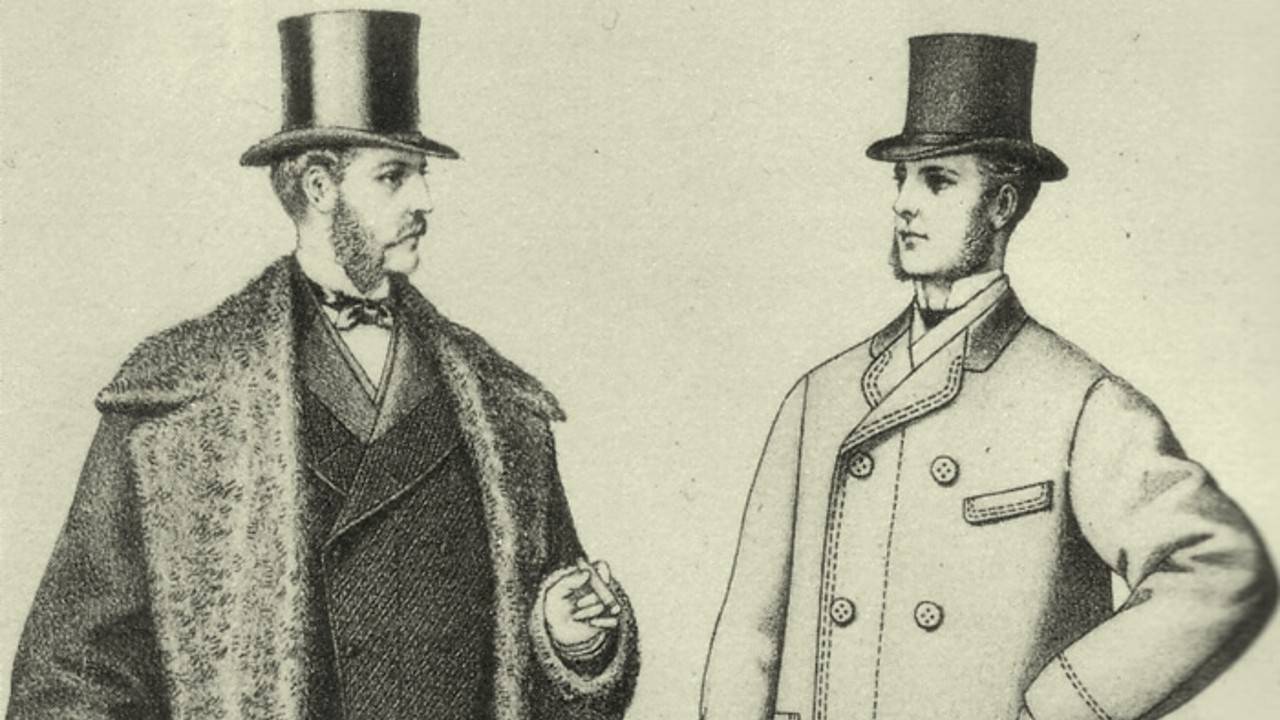
Today, the suit is a formal wear for many of us, but in the Victorian era it was the other way around. Suitable for daily use These suits, which were intended to be worn as a vest, were usually worn with a vest.
When we came to the 20th century, not much has changed about the suit.
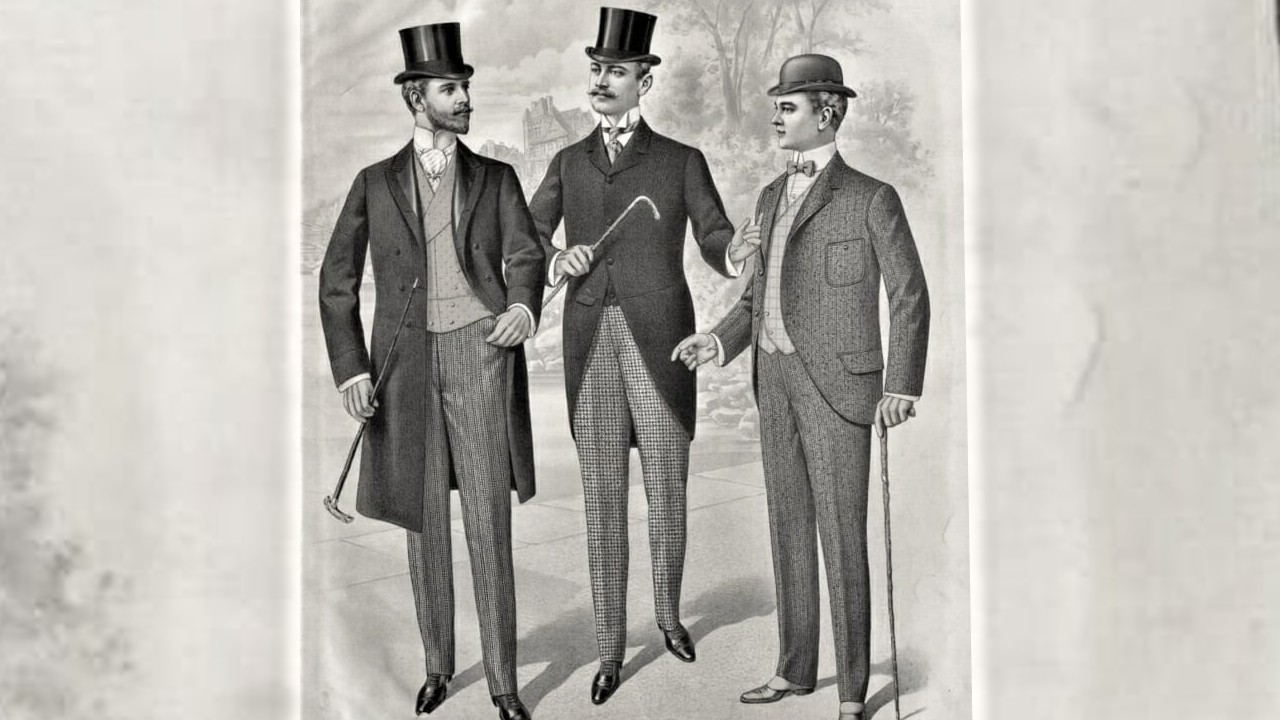
In the 20th century, suits were only jacket length, buttonholes, throat height, collar width, type of fabric used Minor details such as
In the “Edward Era” suits became more and more popular.
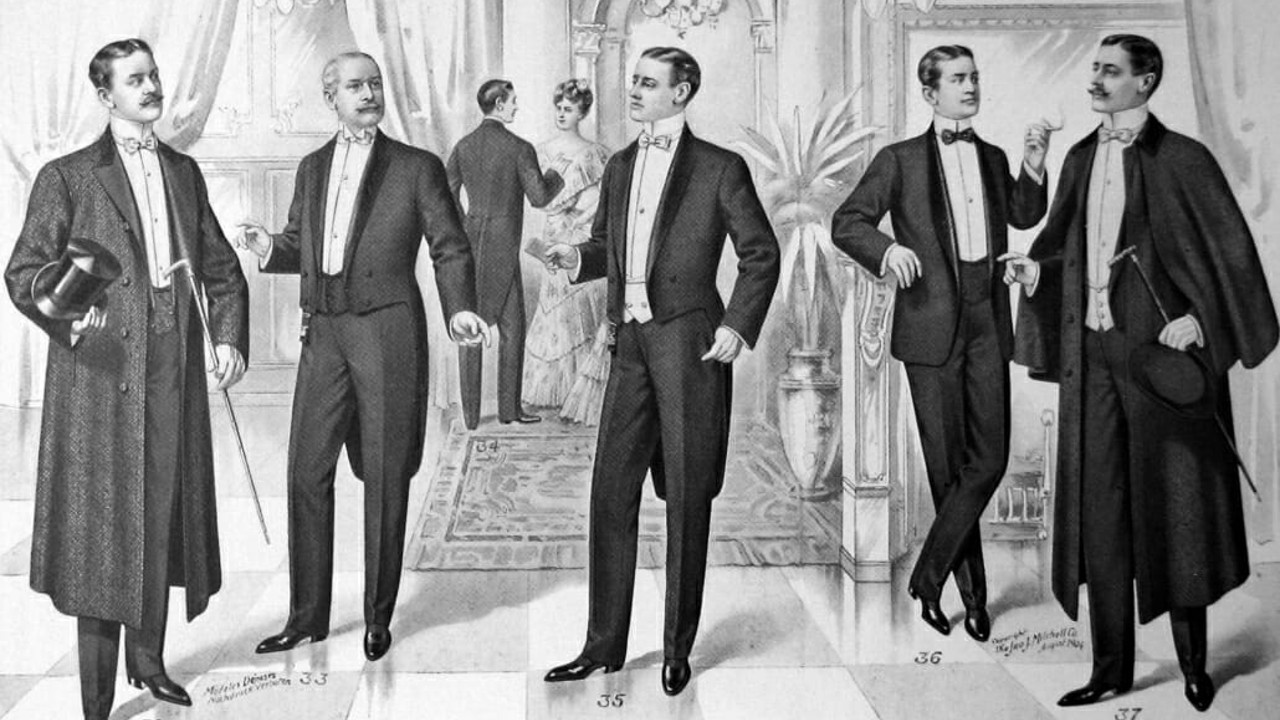
Suits in the first decade of the 1900s, also known as the Edwardian Era increasing its popularity continued to be used.
Suits during World War II characterized by minimalism and gray suits began to be preferred for professional daily use. To save fabric, slim-cut trousers with narrow collars and no cuffs were produced.
Post-war rebellion also affected suits.
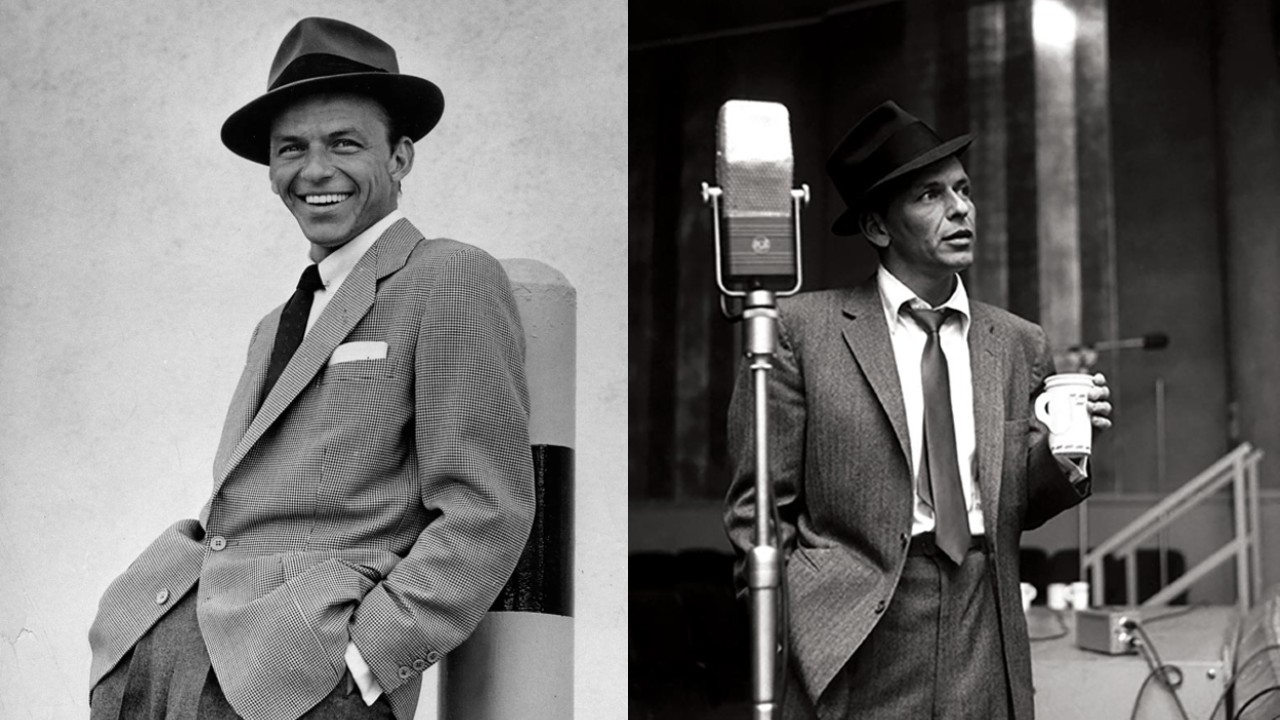
Fabric saving period when it was over, some people went back to their pre-war suits. Collars widened and trousers pleated. Now that there is a central heating system, the jackets that are worn inside have disappeared.
in the late 50’s, “mod costume” The suits, known as They were worn with slim, straight cut trousers without pleats. We can see the best examples of this in the famous artists of the period, Frank Sinatra and Rat Pack.
Remember John Travolta in the 1970s!
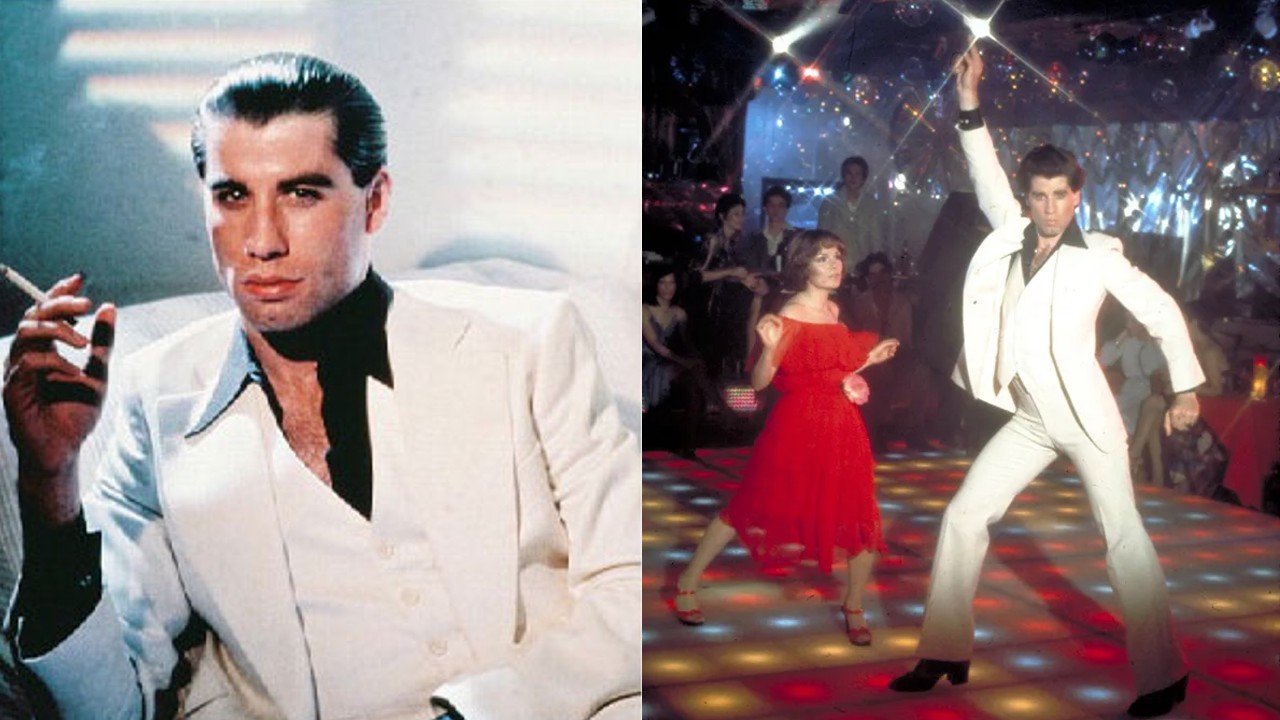
By the 1970s, suits were still relatively tight, but big collars they had. The teams of this period were mostly part of the disco culture. Remember John Travolta in “Saturday Night Fever”?
1980s and of course Armani.
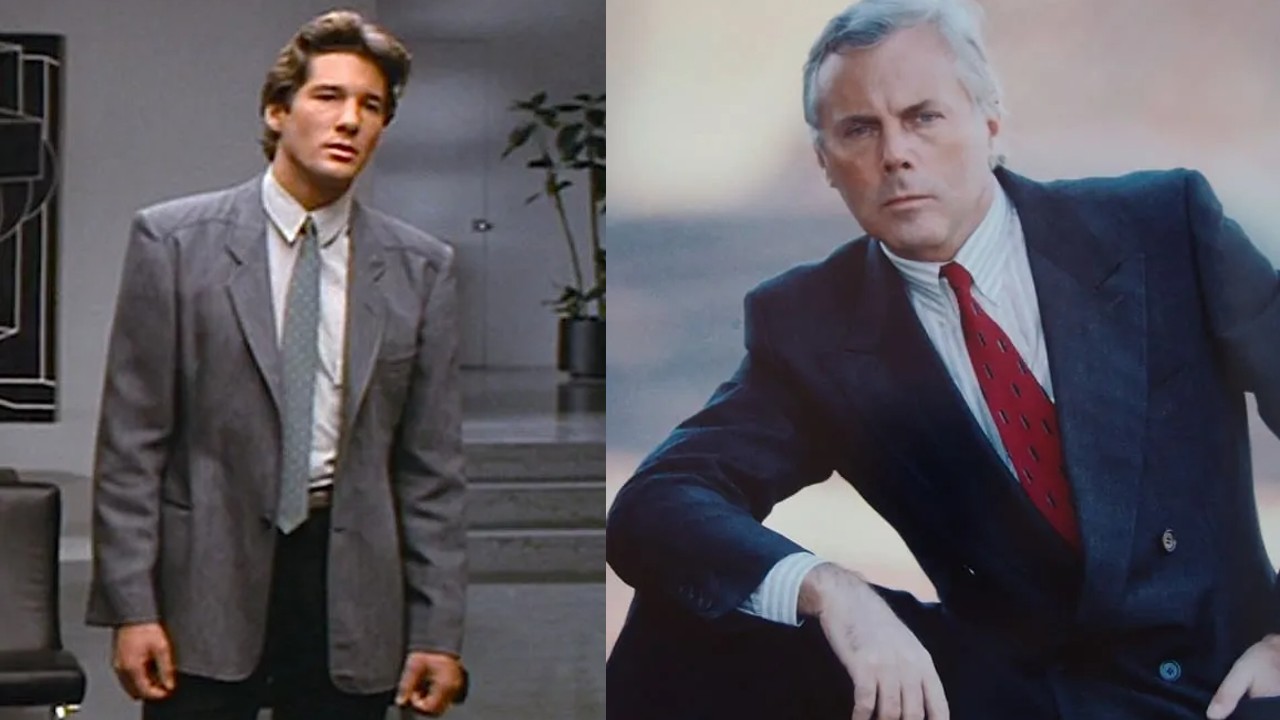
The basis of the figure of the suit in the 80s Giorgio Armani thrown by. During this period, Armani created a very sharp suit image. A wide-shouldered jacket, low necks, small buttonholes…
In the 2000s, it was back to the 1940s!
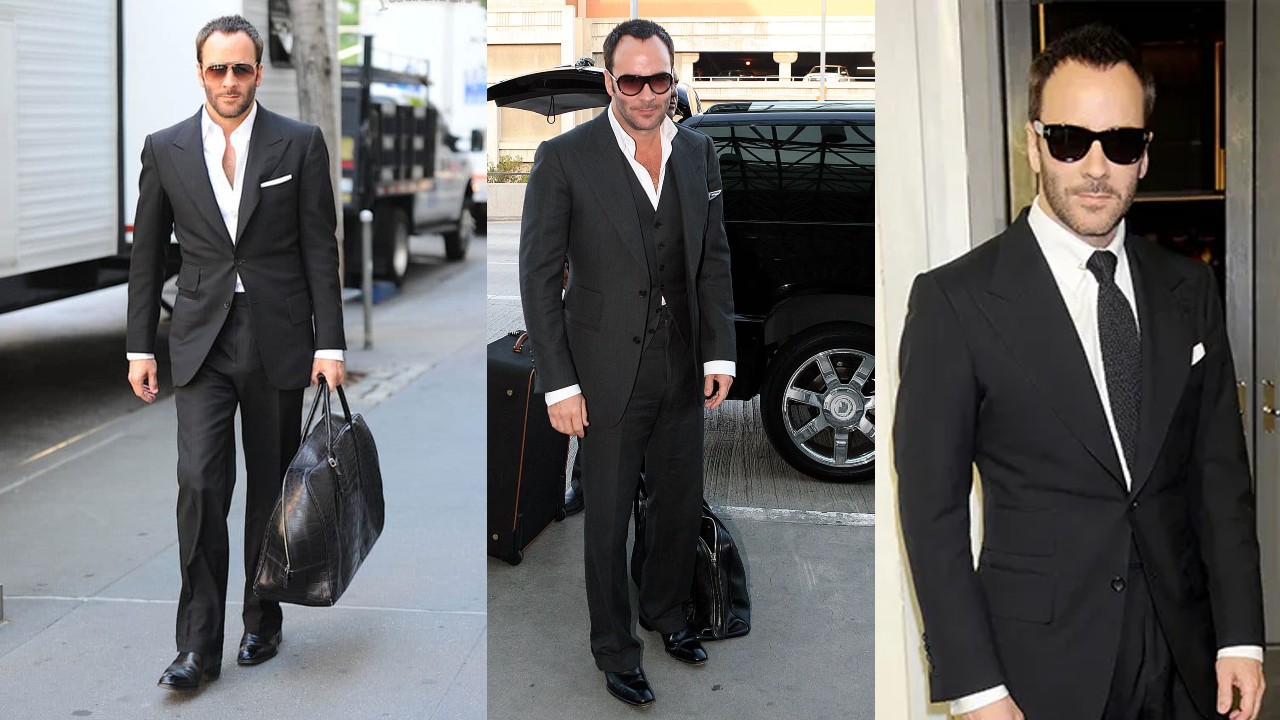
The baggy suits of the ’80s and ’90s were abandoned in the 2000s and the ones we saw in the ’40s to minimalist style returned. Suits not only got thinner, they got shorter and buttonholes higher, trousers got shorter, jackets got narrower collars.
And today…
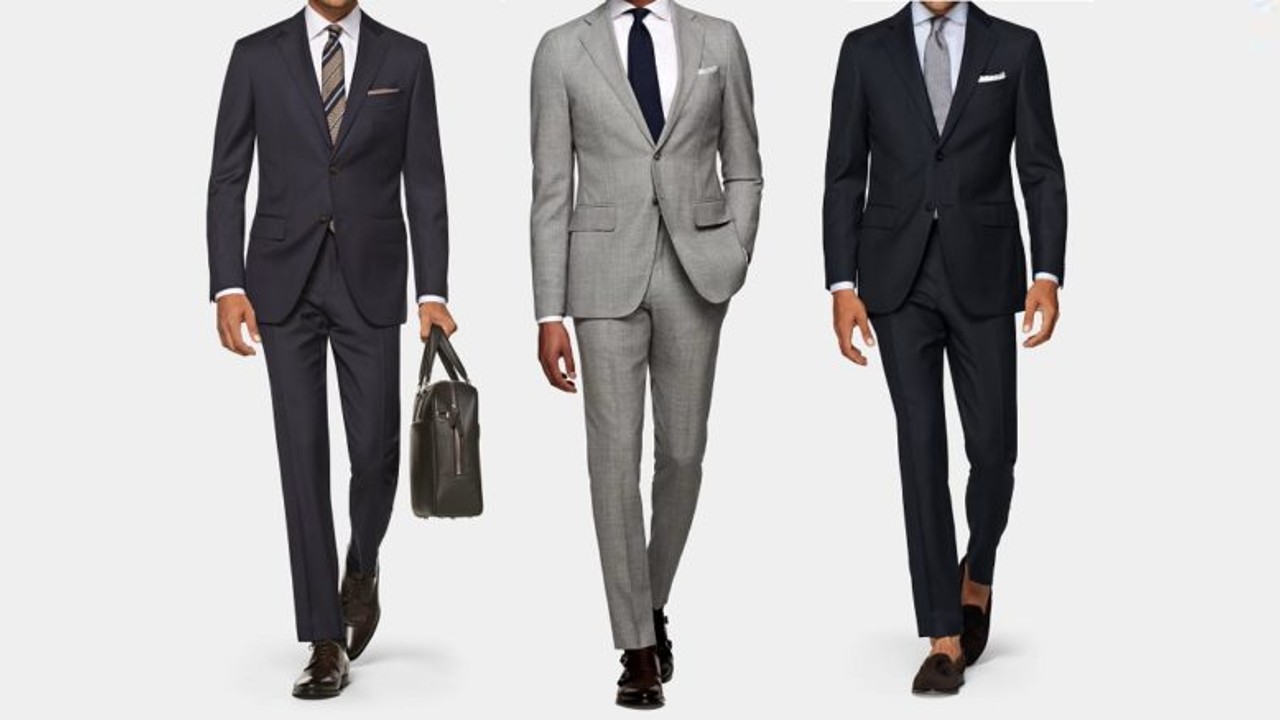
Suits in recent years; fine fabrics, tight trousers, fitted shoulder cuts they have. Most jackets are shorter than in the past and are located above the hips.
The suits, which have undergone hundreds of changes over the years, have been used for different purposes in different periods. formal suit they have become.
RELATED NEWS
Why have black clothes been worn at funerals for centuries? It Is Not The Only Cause That It Invokes Death!
RELATED NEWS
